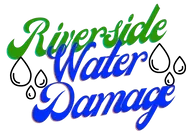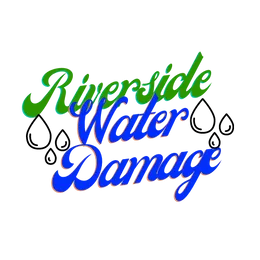Introduction:
Mold is a common yet often underestimated household problem. It can grow in hidden corners, thrive in damp environments, and pose significant health risks to those exposed to it. In this article, we’ll explore the dangers of mold and what you need to know to protect yourself and your loved ones.
- Health Risks:
Mold can have serious health consequences, especially for individuals with allergies, respiratory conditions, or compromised immune systems. The inhalation of mold spores can lead to a range of health issues, including:
a. Respiratory Problems: Mold spores can trigger or exacerbate respiratory conditions such as asthma, bronchitis, and allergies. Persistent exposure may lead to chronic respiratory problems.
b. Allergic Reactions: Mold is a common allergen, and exposure can cause symptoms like sneezing, coughing, itchy eyes, and skin rashes.
c. Fungal Infections: In rare cases, mold exposure can lead to fungal infections in the lungs or skin, especially among individuals with weakened immune systems.
- Structural Damage:
Beyond health concerns, mold can wreak havoc on your home’s structure and integrity. It thrives in damp conditions and can infiltrate walls, ceilings, and floors. Over time, mold can
a. Weakening Structures: Mold can weaken wooden structures and compromise the integrity of your home’s foundation.
b. Damage Property: It can cause stains, odors, and unsightly damage to walls, ceilings, and carpets.
c. Decrease Property Value: A mold problem can significantly reduce the resale value of your property.
- Types of mold:
Not all molds are created equal, and some are more hazardous than others. The two most common types of indoor mold are:
a. Allergenic Molds: These molds can cause allergies and trigger symptoms like sneezing, congestion, and skin irritation. Examples include Cladosporium and Penicillium.
b. Toxic Molds: These molds produce mycotoxins that can have severe health effects. The infamous “black mold,” or Stachybotrys chartarum, is an example of a toxic mold.
- Preventing Mold:
Prevention is the best defense against mold. Here are some essential steps to prevent mold growth in your home:
a. Control Moisture: Keep humidity levels low, fix leaks promptly, and ensure proper ventilation in damp areas like bathrooms and basements.
b. Regular Cleaning: Clean and dry surfaces prone to mold growth, such as bathrooms, kitchens, and air conditioning systems.
c. Use mold-resistant products: Consider using mold-resistant paints and materials in susceptible areas.
d. Monitor indoor humidity: Use a dehumidifier if necessary to maintain optimal indoor humidity levels (around 30–50%).
e. Inspect and repair: Regularly inspect your home for signs of mold or water damage and address them promptly.
- Professional Remediation:
If you discover a significant mold infestation, it’s crucial to seek professional remediation services. Attempting to remove mold yourself can lead to the release of spores and mycotoxins, making the problem worse. Mold remediation experts have the knowledge, equipment, and protective gear to safely and effectively remove mold from your home.
Conclusion:
Mold is not just an unsightly nuisance; it poses serious health risks and can damage your home’s structural integrity. By understanding the dangers of mold and taking proactive steps to prevent its growth, you can protect both your health and your property. If you suspect a significant mold problem, it’s essential to consult a professional mold remediation specialist for safe and effective removal. Remember, a mold-free home is a healthier and safer home for you and your family.


